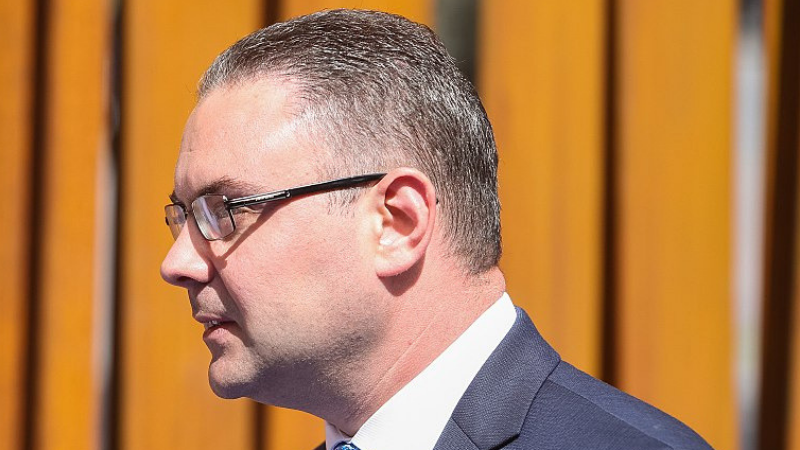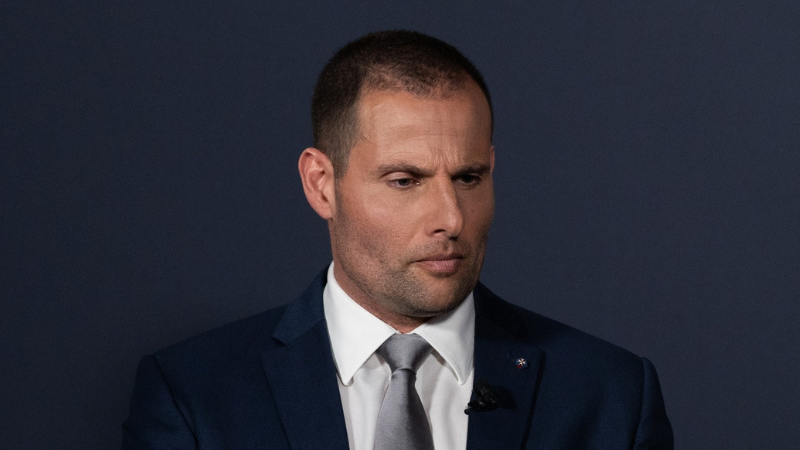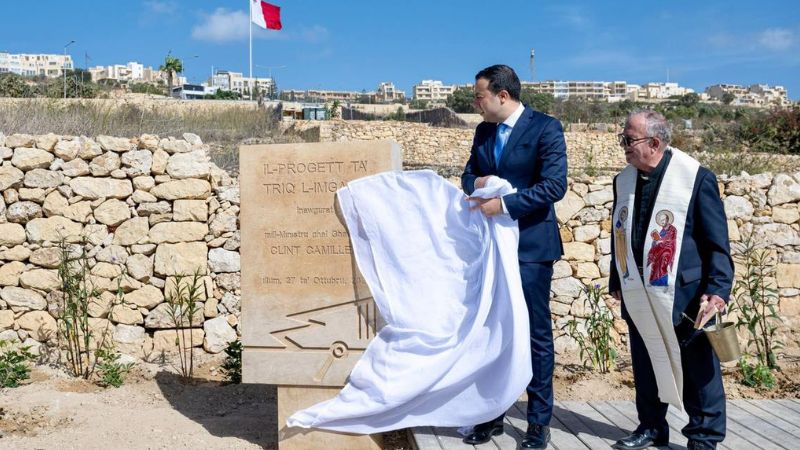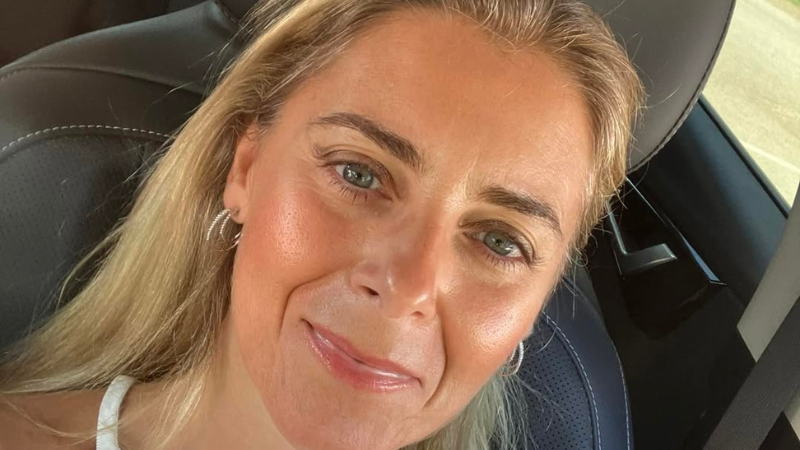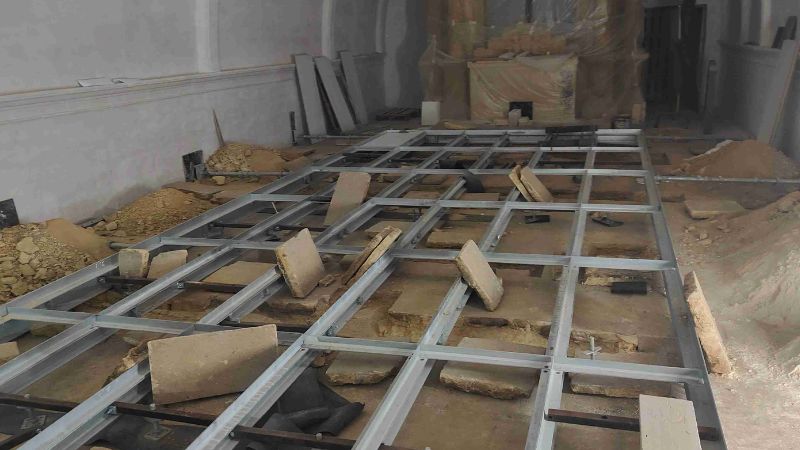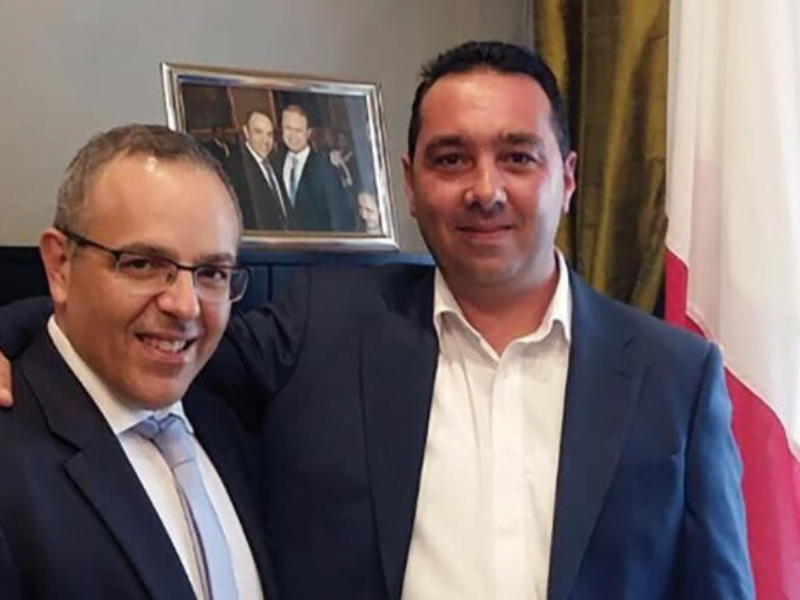In Malta, where everything is upside down and topsy-turvy, this guide is designed as a brief induction into the operational methods of the smallest State in the EU. The ideal dummy is visualised as a foreigner, an outsider, a barrani, a person of European origin who’s been instilled with European values since birth. Our weekly articles are aimed at helping you to (somehow) get ‘Malta’.
In European democracies the right to protest is enshrined proudly in our constitutions and stipulated in the European Convention of Human Rights. In Malta, however, the rules are bent.
So are some of the government ministers who dictate these rules, as well as members of law enforcement authorities who are meant to act independently.
This guide has chronicled ‘progressive’ attempts by the Malta government to prevent activists from peacefully using a public monument opposite the law courts as a site of protest and a memorial to assassinated journalist Daphne Caruana Galizia.
The monument was boarded up during an official wreath-laying ceremony commemorating Victory Day in September. Then, last Wednesday, workmen arrived to construct an additional barricade, coinciding with the 29th-year anniversary of the fall of the Berlin Wall.
Malta does things in polar opposite to its European counterparts.
On the same evening as Matthew Caruana Galizia was receiving a Reporters Without Borders’ award in London for his impact on journalism, activists in Malta were attaching pictures of his mother’s awards on an extended barricade in a pubic square denying citizens access to a public monumen that was erected by the government to prevent democratic protest.
The very next day, international news broke which would – in normal countries – result in resignations, arrests and public outcry.
The owner of Dubai company 17 Black was revealed as Yorgen Fenech, and linked to revelations in the Panama Papers relating to companies set up for Tourism Minister Konrad Mizzi and the Prime Minister’s chief of staff Keith Schembri.
Mizzi describes the evidence as a ‘co-ordinated attack’ against him. What was certainly a co-ordinated attack was the one mounted against Daphne Caruana Galizia on 16 October, 2017 when she was assassinated by a car bomb.
What is a certain co-ordinated attack is the one being mounted against protesters seeking justice for her murder in a climate of impunity.
Award-winning author and social activist, Naomi Klein laid flowers and a candle at the protest memorial protest site on 10 September. She challenged the government to affirm its commitment to freedom of expression by allowing them to stay, but they disappeared the following day.
Two days later, the testimony of the the Director General of the Cleansing Department in court revealed the order to dismantle the protest memorial came from Justice and Culture Minister Owen Bonnici.
The calls for the resignation of Mizzi and Schembri are mounting, as are the calls for a public inquiry into the assassination of a journalist who was investigating a leak of Electrogas documents when she was murdered.
In an exclusive interview with The Shift, Klein endorsed the call by leading international press freedom and human rights organisations for a public inquiry, saying its refusal increases the risk on the lives of journalists. She said the government’s reaction was “troubling”.
Klein said if the country did not want to be seen as ‘bent’ then it needed to shine a light, enabling transparency. Investigative journalism is that light, she said.
So why is the government that is protecting Mizzi and Schembri giving orders for the protest memorial dedicated to the assassinated journalist to be removed; night, after night, after night?

